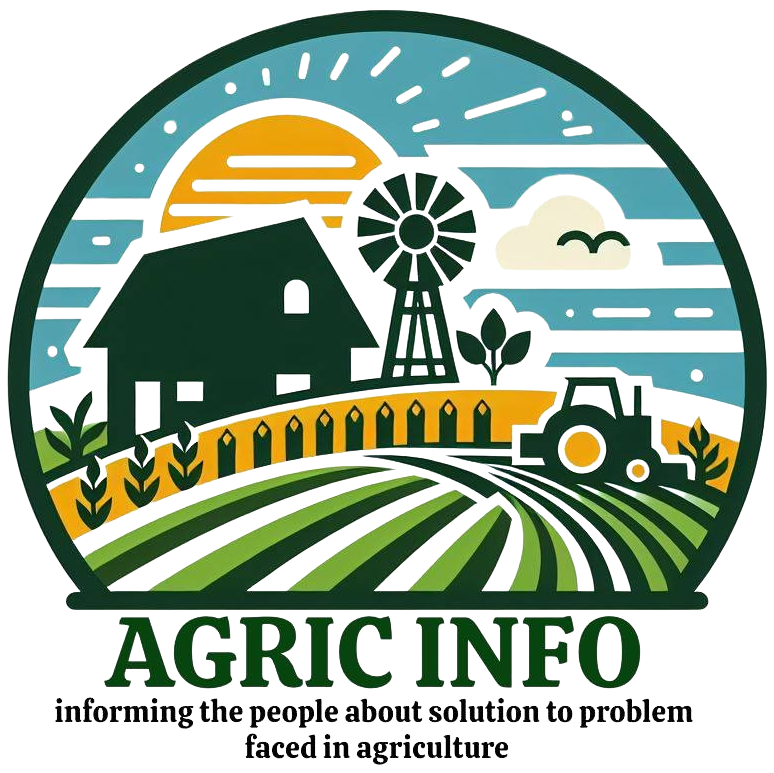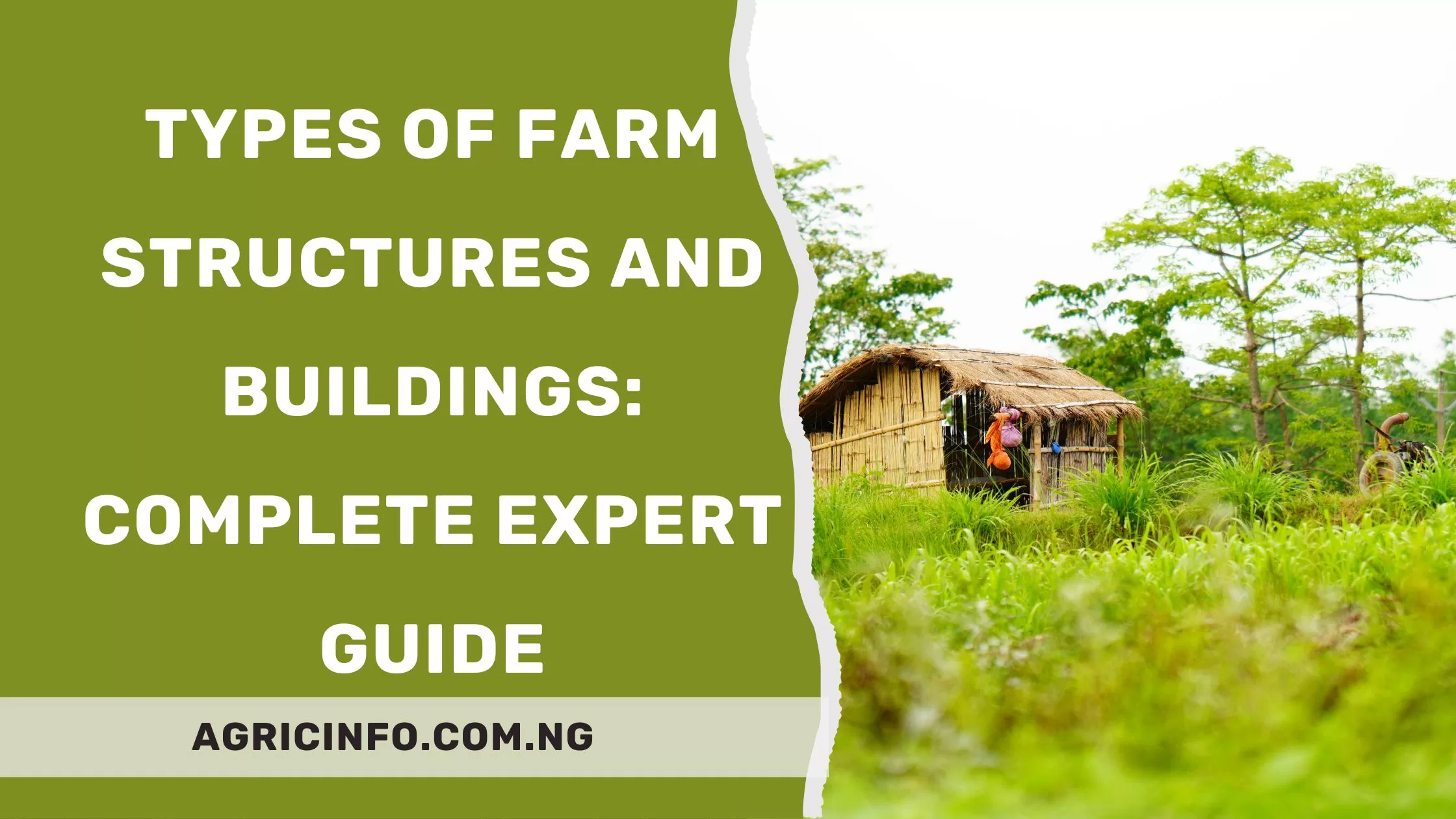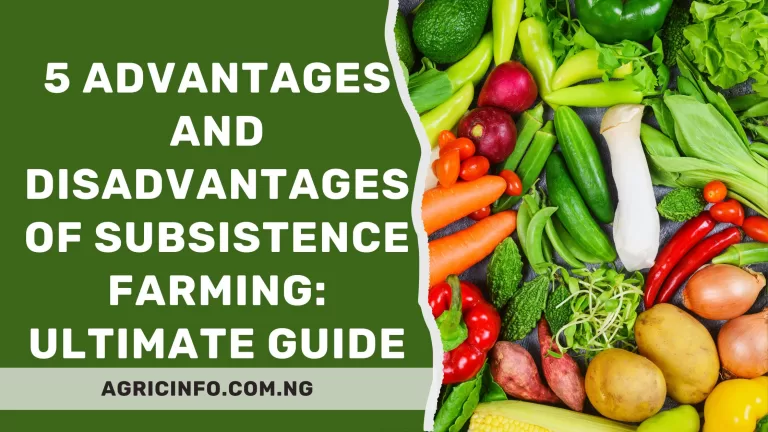Types of Farm Structures and Buildings 2024: Complete Expert Guide
Are you confused about the types of farm structures and buildings that should be on your farm? Then you need to read this expert guide to the end.
The farming industry not only provides food and other agricultural products but also plays an important role in shaping the economy of rural communities.
At the heart of any successful farming operation are the various structures and buildings that support the day-to-day activities and long-term sustainability of the farm.
In this article, we’ll look into the different types of farm structures and buildings, their benefits, and the costs associated with their construction and maintenance.
Firstly, ,
What are Farm Structures and Buildings?
Farm structures and buildings are the physical infrastructure that support the various activities and operations on a farm.
These can range from simple storage sheds and barns to more complex structures like livestock housing, processing facilities, and even on-site residences for farmers and their families.
Also, these structures are designed to provide shelter, storage, and functional spaces that enable farmers to efficiently manage their operations and maximize their productivity.
See HOW TO SET UP BACKYARD TURKEY FARMING
Types of Farm Structures and Buildings
1, Barns:
Barns are the quintessential farm structure, serving as multi-purpose facilities for housing livestock, storing hay and other crops, and even housing farm equipment.
It can come in various architectural styles, from the classic gambrel-roofed barns to more modern, open-plan designs.
It is often constructed using durable materials like wood, steel, or concrete, and can be designed to withstand and provide a safe, comfortable environment for animals.
2. Livestock Housing:
Livestock housing consists of structures like dairy barns, poultry houses, and swine barns that are designed to provide appropriate housing and environmental conditions for different types of livestock.
These buildings have features like climate control, ventilation systems, and specialized feeding and watering equipment to ensure the health and well-being of the animals.
The design and construction of livestock housing can have a significant impact on animal welfare, productivity, and the overall efficiency of the farm operation.
3. Storage Facilities:
Farms require large storage space for various purposes, including the storage of harvested crops, livestock feed, machinery, and other essential supplies.
These Storage structures can be simple sheds and silos to more complex grain bins, equipment barns, and cold storage facilities.
They are needed for preserving the quality and freshness of farm products, as well as protecting valuable equipment and machinery from the elements.
4. Processing and Handling Facilities:
Some farms need dedicated structures to process and handle their agricultural products, such as packing houses, processing plants, or on-site creameries.
These facilities are designed to meet specific regulatory requirements and industry standards, ensuring the safe and efficient handling of farm products.
Processing and handling facilities can help farmers add value to their products and expand their market reach.
5. Residential Structures:
Many farms have on-site housing for the farmers, their families, and any additional farm workers or employees.
These residential structures can be simple farmhouses to more elaborate homes and may include additional amenities like workshops, garages, or auxiliary living spaces.
The on-site housing helps farms that require a constant presence of workers to manage daily operations or respond to emergencies.
You may also like to read How to Start Poultry Farm 2024: Step-by-Step Guide for Beginners
Benefits of Farm Structures and Buildings
The various types of farm structures and buildings have their benefits to farmers and the broader agricultural community:
- Improved Efficiency and Productivity:
Well-designed and well-maintained farm structures can reduce labor costs, and increase overall productivity.
Good structures like livestock housing and processing facilities can enhance the quality of farm products.
- Enhanced Welfare
Properly constructed farm buildings can provide a safe, comfortable, and healthy environment for livestock, promoting their well-being and productivity.
Also, Many modern farm structures have sustainable designs and technologies to minimize the environmental impact of agricultural operations.
- Increased Storage and Preservation Space:
Large storage facilities allow farmers to safely and effectively store their harvested crops, livestock feed, and other supplies, thereby reducing waste and maximizing the value of their products.
- Adaptability and Versatility:
Many farm structures are also designed to serve multiple purposes and provide farmers with the flexibility to adapt to changing needs and market conditions.
- Enhanced Property Value:
Well-maintained and attractive farm structures can help in the overall value and visual appeal of the property, which can be beneficial for farmers who may want to sell or lease their land in the future.
Costs of Farm Structures and Buildings
Having discussed the different types of farm structures and buildings as well as their benefits, let’s look into how much it will cost you to have good farm structures and buildings.
The construction and maintenance of farm structures and buildings depend on the need. However, the long-term benefits often outweigh the initial costs.
The amount needed to erect different types of farm structures and buildings differs based on need and location.
Some of the factors that influence the costs of farm structures and buildings include:
- Choice Materials and Construction:
The choice of building materials, such as wood, steel, or concrete, can significantly impact the overall cost of construction.
More advanced construction, like pre-engineered or modular design, can also affect the budget.
- Size and Complexity:
Larger or more specialized structures, like livestock housing or processing facilities, tend to be more expensive to build and maintain.
- Site Preparation and Infrastructure:
The cost of preparing the site including grading, excavation, and the installation of utilities, can add to the overall project budget.
- Regulatory Compliance:
Depending on your location, Farms may need to comply with various building codes, environmental regulations, and industry standards, which can involve additional costs for permitting, inspections, and specialized design elements.
- Maintenance and Repairs:
Periodic maintenance and repairs to farm structures and buildings can be an added expense for farmers, especially for older or more complex facilities.
Check out the 20 Must Have Farm Tools and their Uses 2024: Complete Guide
Conclusion
Different types of Farm structures and buildings are the backbone of any successful agricultural business.
From traditional barns to specialized livestock housing and processing facilities, these structures are important to enhance productivity, promote animal and plant welfare, and preserve the quality of farm products.
While the initial costs of constructing and maintaining these buildings can vary depending on many factors, the long-term benefits they provide often make them a wise investment for farmers who are committed to the growth and sustainability of their farming business.
We hope you find this article helpful








